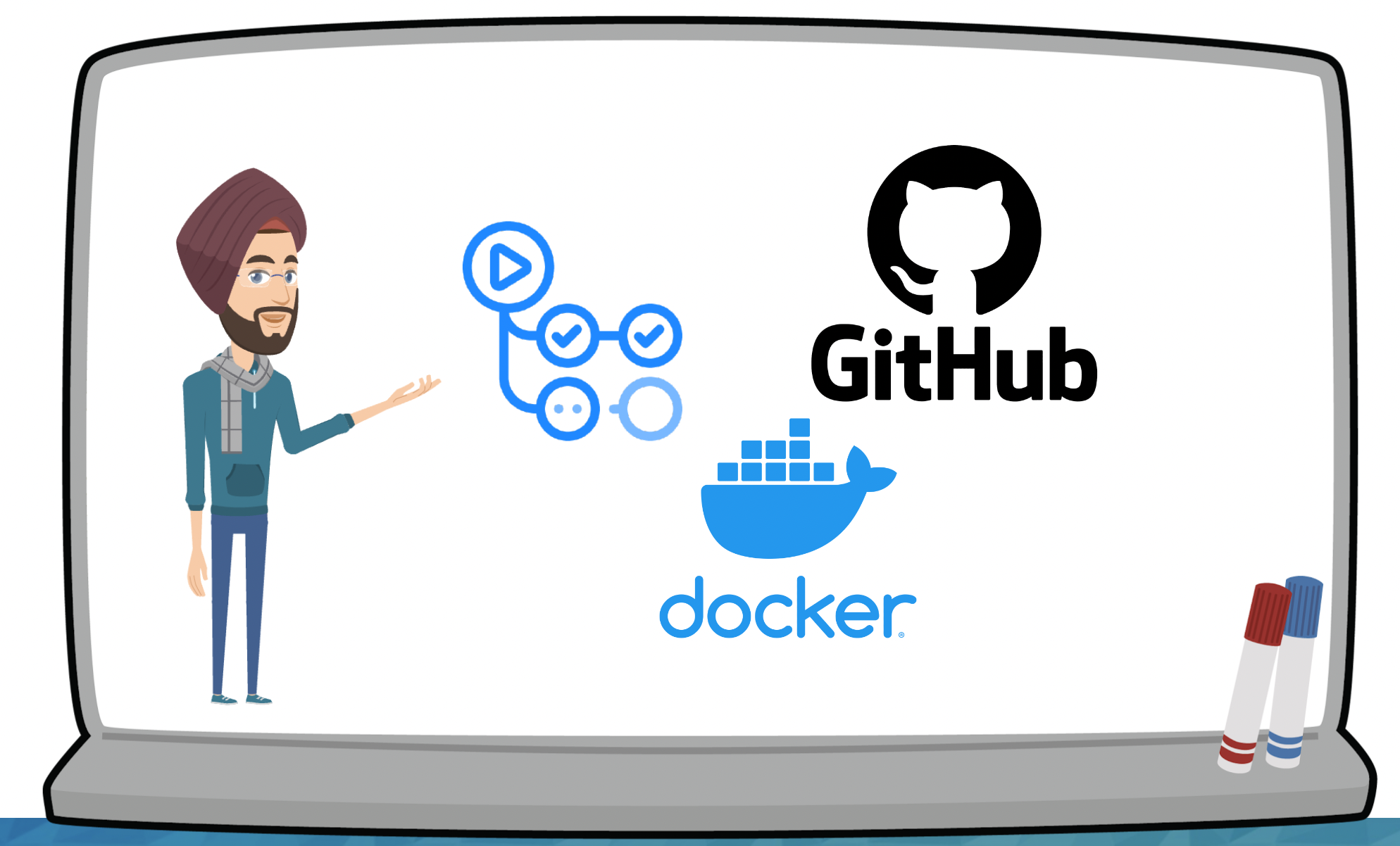Terraform vs. Helm: A Deep Dive into Kubernetes Management Tools
Kubernetes has solidified its position as the go-to platform for container orchestration, powering modern application deployment and scaling. However, efficiently managing the infrastructure and applications within a Kubernetes cluster requires the right tools. Two heavyweights in the Kubernetes ecosystem, Terraform and Helm, offer distinct approaches to tackling these challenges. In this comprehensive guide, we’ll delve into both tools, examining their strengths, weaknesses, and providing a detailed comparison to help you make an informed choice.
Terraform
Terraform, an open-source infrastructure-as-code (IaC) tool developed by HashiCorp, empowers users to define, provision, and manage infrastructure resources declaratively. Its versatility extends to managing a wide spectrum of cloud and on-premises resources, including those integral to Kubernetes clusters.
Terraform’s Strengths:
- Multi-Cloud Prowess: Terraform boasts native support for multiple cloud providers, making it an invaluable asset for organizations embracing multi-cloud or hybrid cloud strategies.
- Declarative Configuration: With Terraform, you define your infrastructure’s desired state using HashiCorp Configuration Language (HCL), making it easy to understand and version-control.
- Resource Abstraction: Terraform abstracts the intricacies of cloud-specific APIs and resources, providing a unified approach to infrastructure management across diverse cloud platforms.
- Robust Ecosystem: Thanks to its extensive community and a rich ecosystem of modules and providers, Terraform offers limitless opportunities for customization and extension.
Terraform’s Weaknesses:
- Complexity: Managing Kubernetes resources directly with Terraform can be intricate and labor-intensive, often demanding substantial effort to create and maintain Terraform modules tailored for Kubernetes resources.
- Lack of Native Helm Support: While Terraform can handle Kubernetes resources, it lacks native support for Helm charts, which are widely employed for packaging and deploying applications in Kubernetes.
Helm
Helm, on the other hand, stands as a Kubernetes-native package manager designed to simplify the deployment and management of applications. Helm harnesses the power of charts—self-contained packages that encompass all Kubernetes resources essential for running an application, including services, pods, and config maps.
Helm’s Strengths:
- Application-Centric Focus: Helm places applications at its core, making it an ideal choice for developers and DevOps teams, as it streamlines the deployment and management of Kubernetes applications.
- Reusable Charts: Helm charts can be shared and reused across various projects, promoting code reusability and best practices in application deployment.
- Rollbacks and Upgrades: Helm simplifies the complexities of rolling back to previous versions and upgrading applications within a Kubernetes cluster.
- Helm Hub: The Helm community maintains Helm Hub, a centralized repository that houses a diverse array of pre-built charts for popular applications, further accelerating deployment.
Helm’s Weaknesses:
- Kubernetes Exclusive: Helm is tailored exclusively for Kubernetes, making it less versatile for managing non-Kubernetes infrastructure components. Consequently, users may need additional tools like Terraform to address broader infrastructure concerns.
- Versioning Challenges: Helm’s versioning system can occasionally pose challenges, especially in intricate deployments with multiple dependencies.
http://informationarray.com/2023/09/05/terraform-vs-jenkins-a-comparative-analysis/
Let’s wrap up with a side-by-side comparison table to highlight the key distinctions between Terraform and Helm:
| Feature | Terraform | Helm |
|---|---|---|
| Infrastructure Management | ✔️ Manages infrastructure resources | ❌ Focuses on Kubernetes applications |
| Multi-Cloud Support | ✔️ Supports multiple cloud providers | ❌ Kubernetes-specific |
| Declarative Configuration | ✔️ Uses HCL for declarative config | ❌ Uses YAML for Kubernetes resources |
| Resource Abstraction | ✔️ Abstracts cloud-specific APIs | ❌ Focused on Kubernetes resources |
| Native Helm Support | ❌ Requires additional integration | ✔️ Natively supports Helm charts |
| Application-Centric | ❌ General-purpose IaC tool | ✔️ Specialized for Kubernetes apps |
In conclusion, the choice between Terraform and Helm hinges on your specific project requirements and scope. Terraform excels as a robust infrastructure provisioning tool, ideal for managing a wide spectrum of resources. Meanwhile, Helm shines in deploying and managing applications within Kubernetes clusters. Often, organizations find success in utilizing both tools in tandem to address infrastructure and application deployment needs effectively. Your decision should align with your project’s demands and your team’s expertise.
Remember, these tools can complement each other, offering a balanced approach to orchestrate Kubernetes infrastructure and applications with finesse.









